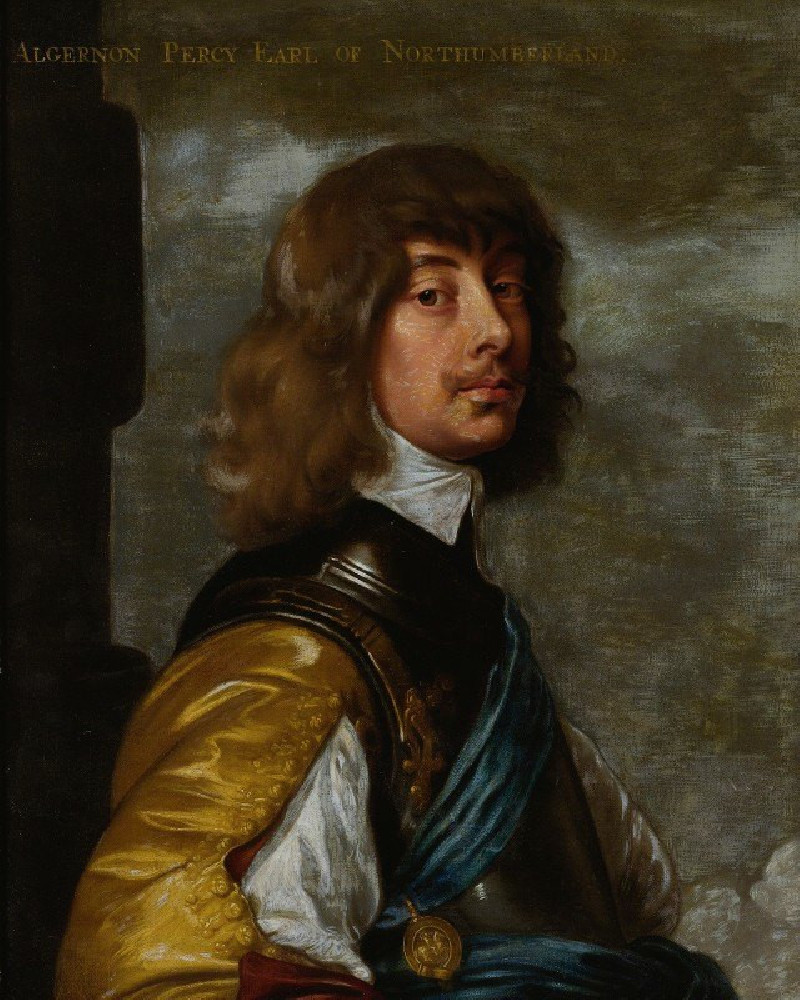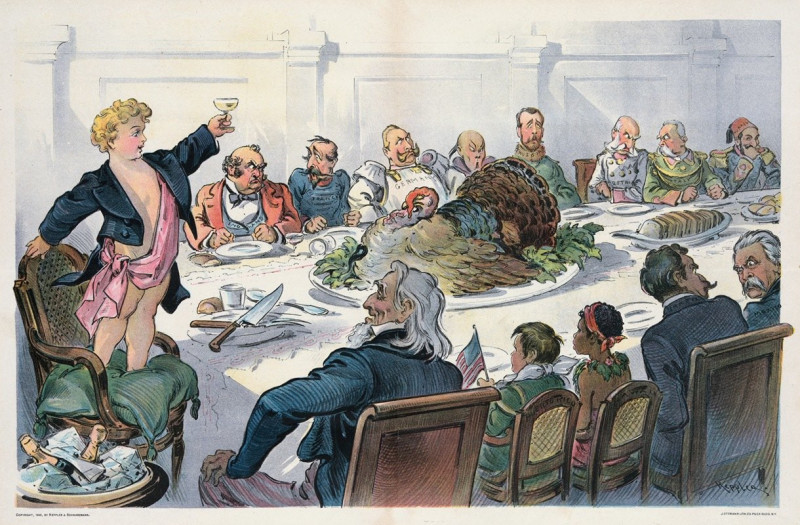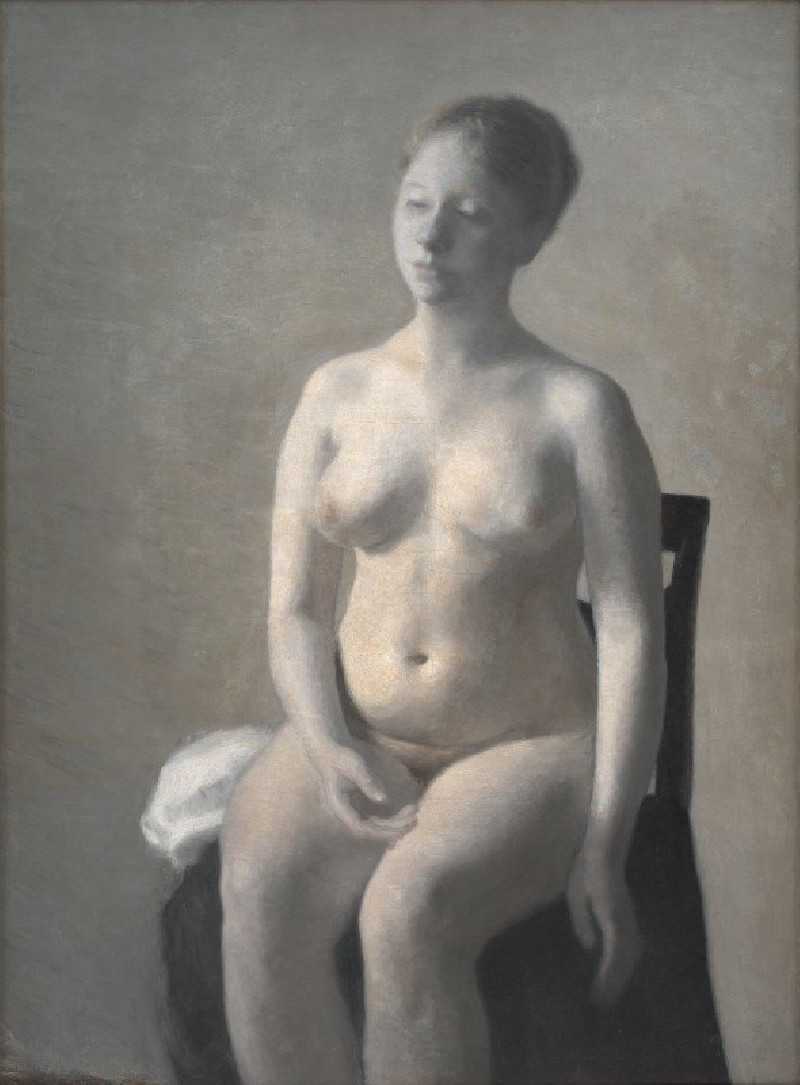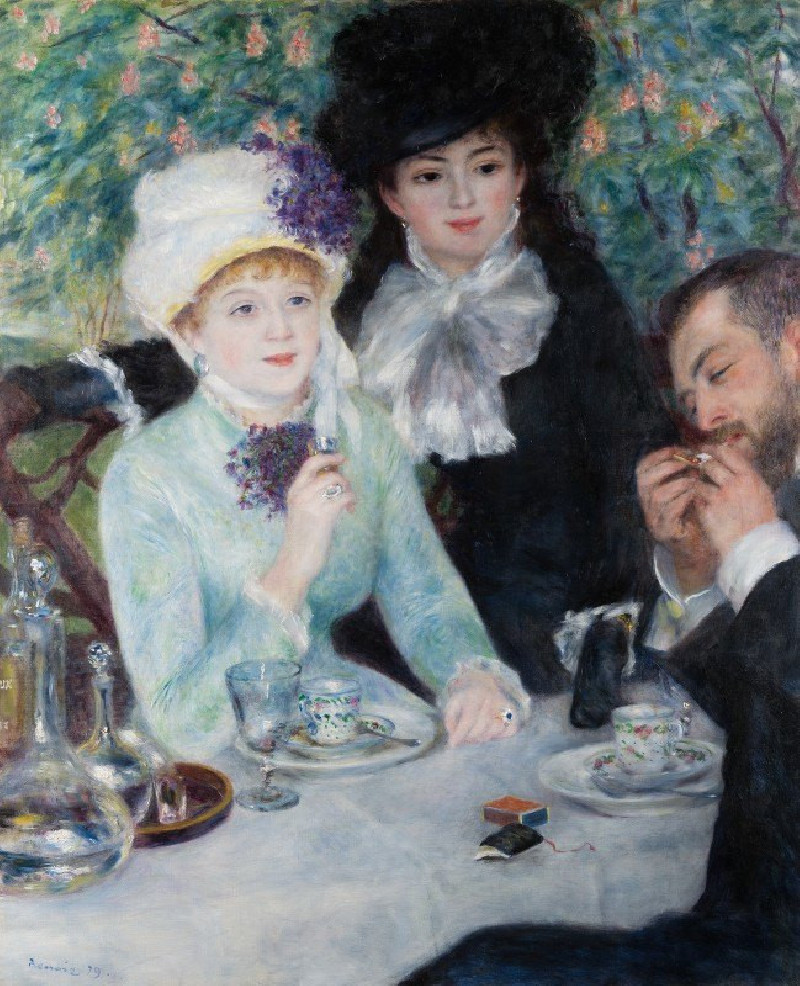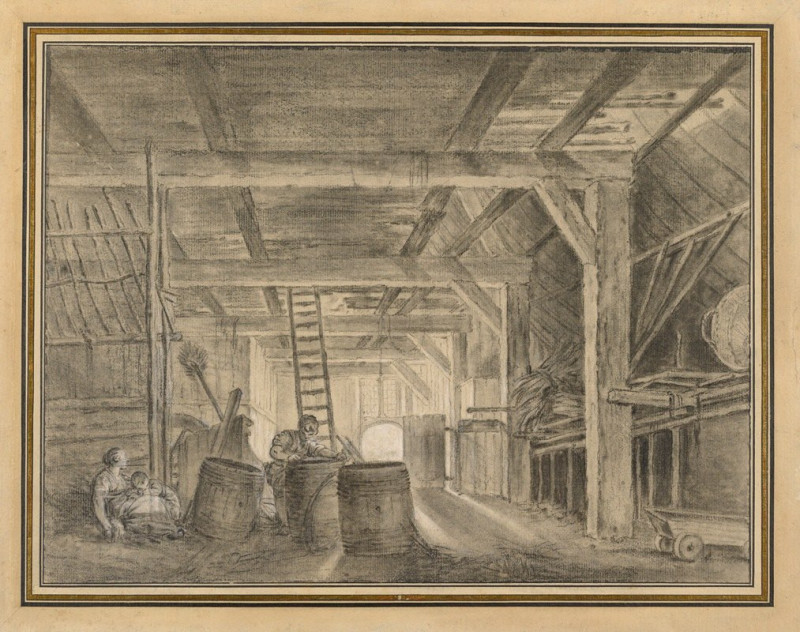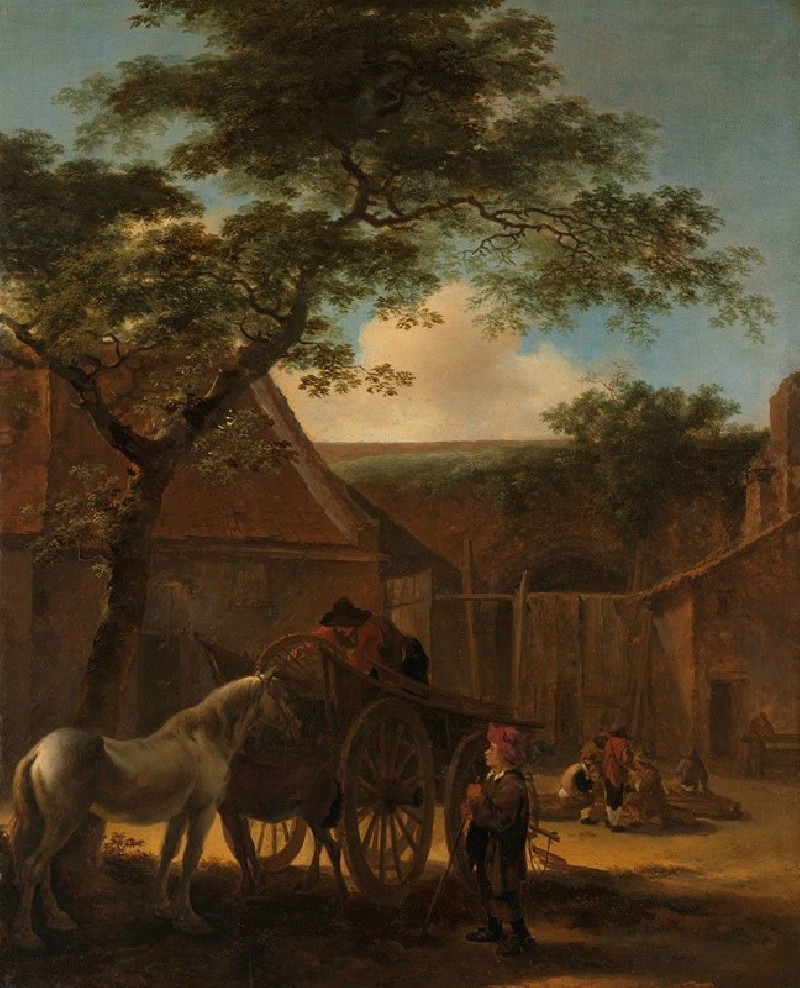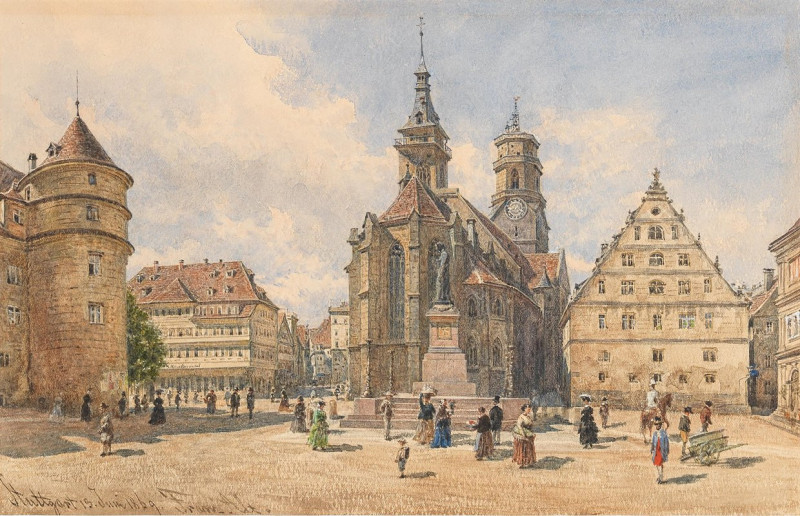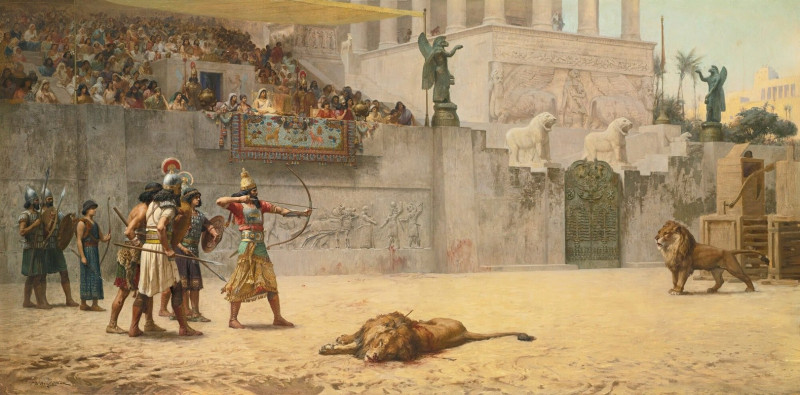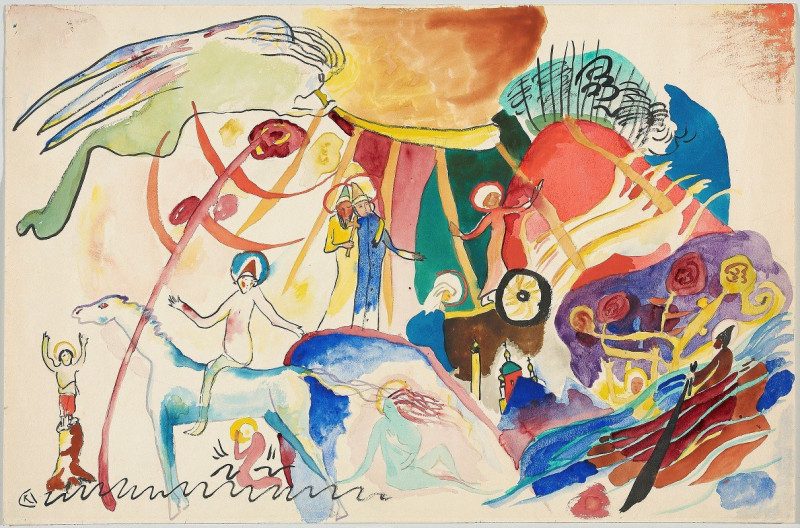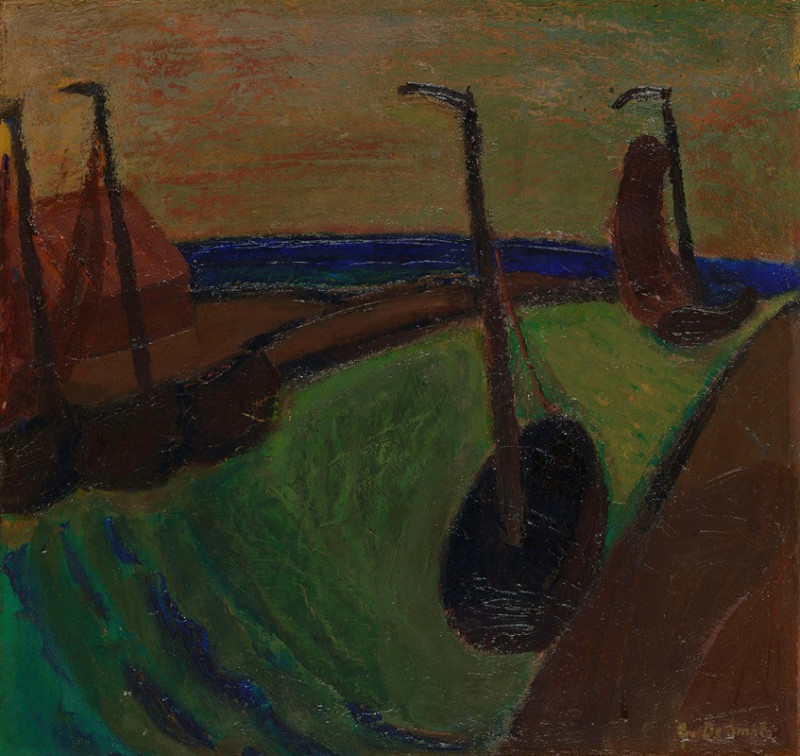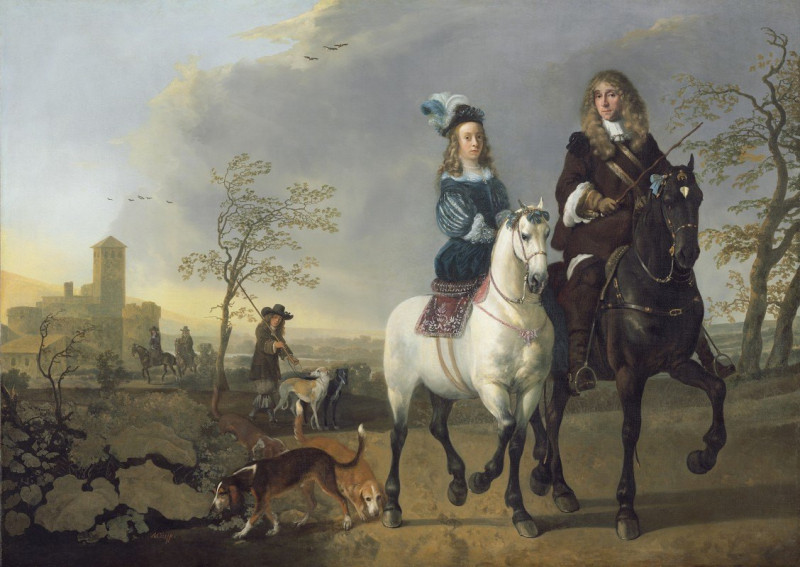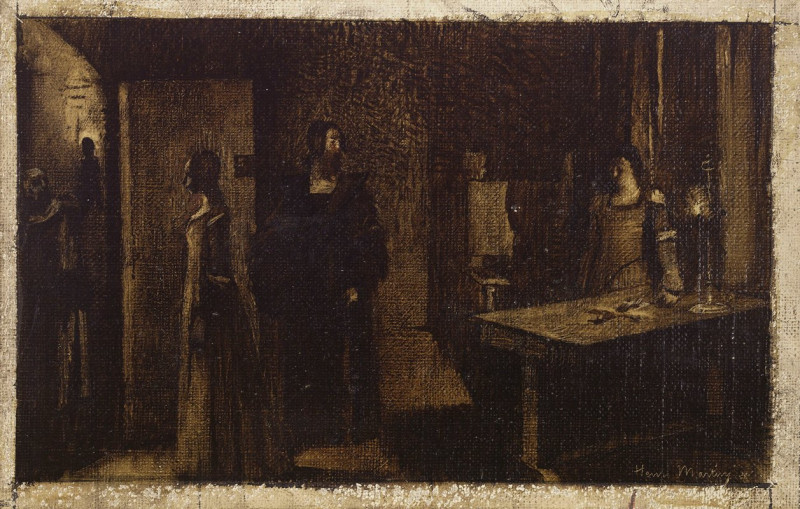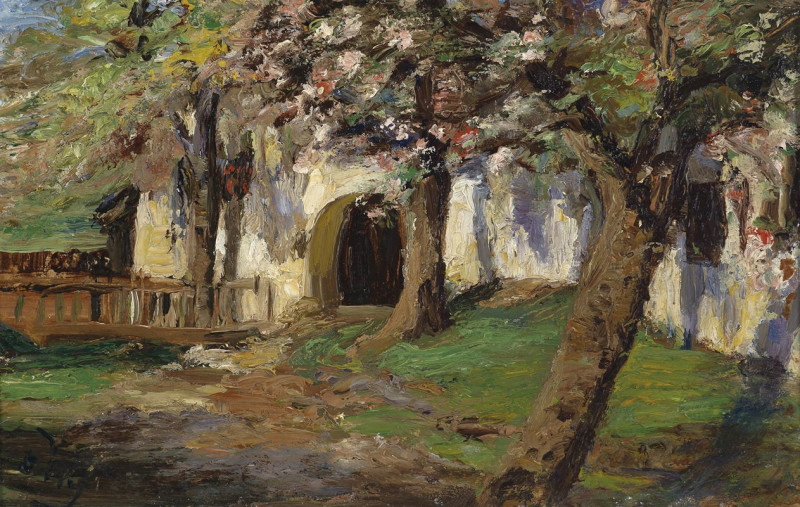Algernon Percy, 10th Earl of Northumberland
Technique: Giclée quality print
Recommended by our customers
More about this artwork
"Algernon Percy, 10th Earl of Northumberland" is a captivating portrait by the renowned Flemish artist Anthony van Dyck. This painting exemplifies Van Dyck's mastery in portraiture, famed for his ability to imbue his subjects with a sense of dignity and grace.In this particular work, Algernon Percy is depicted with an air of refined elegance that was characteristic of the aristocracy during the 17th century. His gaze meets the viewer directly, suggesting a confident and resolute personality. The Earl's attire is sumptuously detailed, from the golden embroidery on his blue sash to the shimmering metallic sheen of his armor. The rich, deep colors and the soft play of light on his face and clothing highlight Van Dyck’s skillful use of oil paint to create texture and depth.The portrait not only showcases the individual characteristics of Percy but also serves as a reflection of the period's fashion and the social status of the sitter. Van Dyck’s proficiency in capturing the essence of his sitters and his influence on the portraiture of the English court are evident in this striking piece.
Delivery
Returns
Sir Anthony van Dyck (1599 – 1641) was a Flemish Baroque artist who became the leading court painter in England after success in the Spanish Netherlands and Italy.
The seventh child of Frans van Dyck, a wealthy Antwerp silk merchant, Anthony painted from an early age. He was successful as an independent painter in his late teens, and became a master in the Antwerp guild in 1618. By this time he was working in the studio of the leading northern painter of the day, Peter Paul Rubens, who became a major influence on his work.

